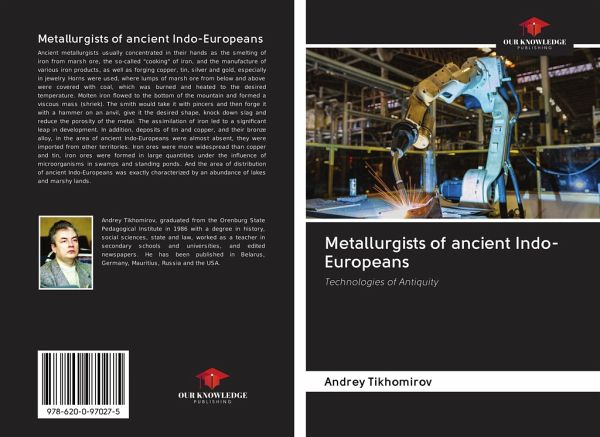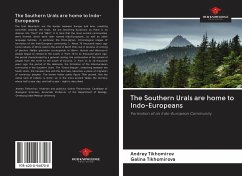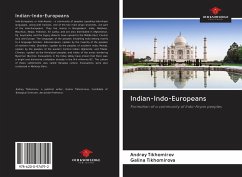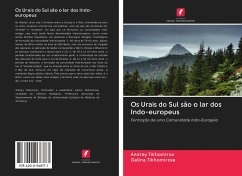
Metallurgists of ancient Indo-Europeans
Technologies of Antiquity
Versandkostenfrei!
Versandfertig in 1-2 Wochen
25,99 €
inkl. MwSt.

PAYBACK Punkte
13 °P sammeln!
Ancient metallurgists usually concentrated in their hands as the smelting of iron from marsh ore, the so-called "cooking" of iron, and the manufacture of various iron products, as well as forging copper, tin, silver and gold, especially in jewelry. Horns were used, where lumps of marsh ore from below and above were covered with coal, which was burned and heated to the desired temperature. Molten iron flowed to the bottom of the mountain and formed a viscous mass (shriek). The smith would take it with pincers and then forge it with a hammer on an anvil, give it the desired shape, knock down sla...
Ancient metallurgists usually concentrated in their hands as the smelting of iron from marsh ore, the so-called "cooking" of iron, and the manufacture of various iron products, as well as forging copper, tin, silver and gold, especially in jewelry. Horns were used, where lumps of marsh ore from below and above were covered with coal, which was burned and heated to the desired temperature. Molten iron flowed to the bottom of the mountain and formed a viscous mass (shriek). The smith would take it with pincers and then forge it with a hammer on an anvil, give it the desired shape, knock down slag and reduce the porosity of the metal. The assimilation of iron led to a significant leap in development. In addition, deposits of tin and copper, and their bronze alloy, in the area of ancient Indo-Europeans were almost absent, they were imported from other territories. Iron ores were more widespread than copper and tin, iron ores were formed in large quantities under the influence of microorganisms in swamps and standing ponds. And the area of distribution of ancient Indo-Europeans was exactly characterized by an abundance of lakes and marshy lands.












